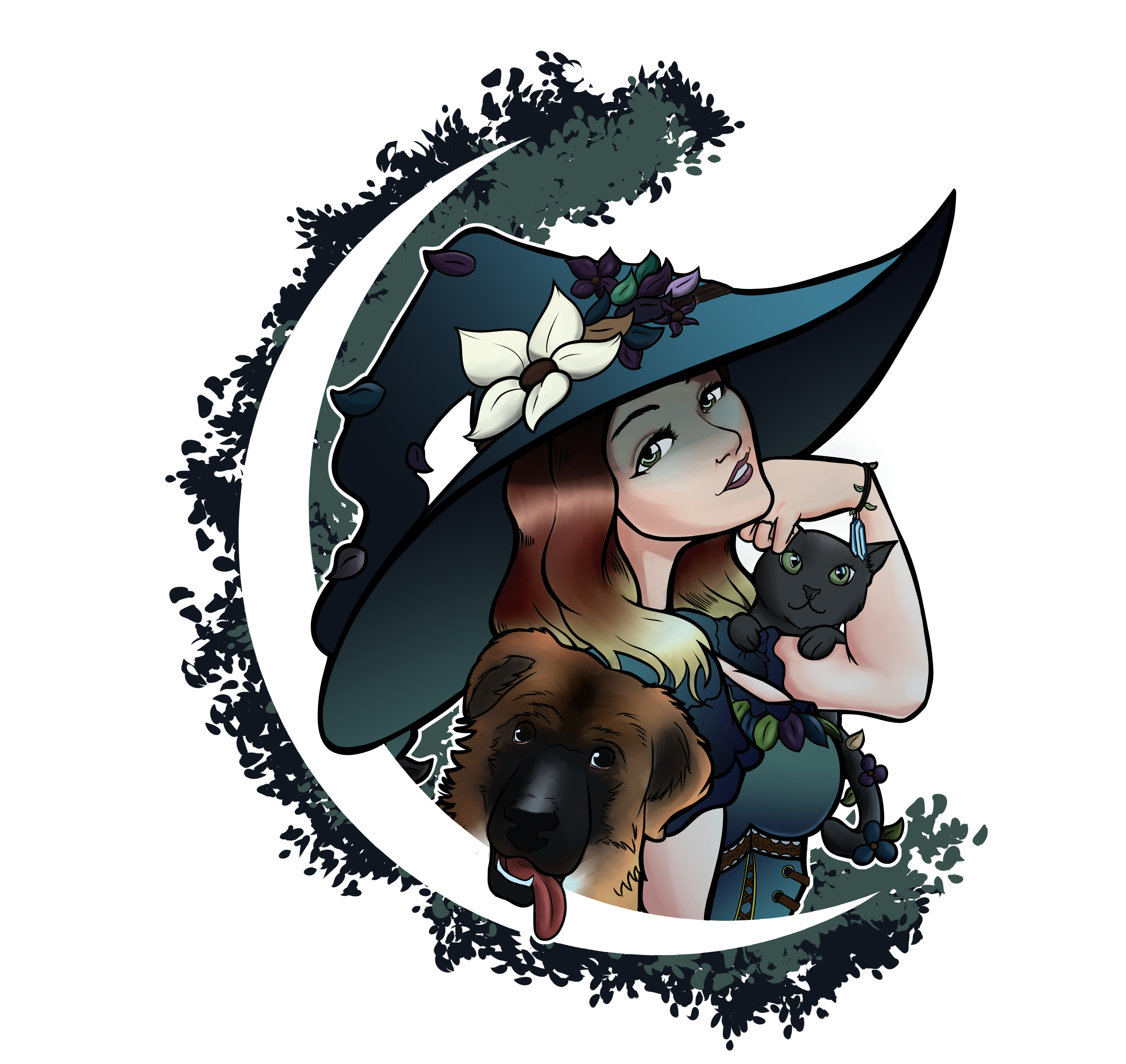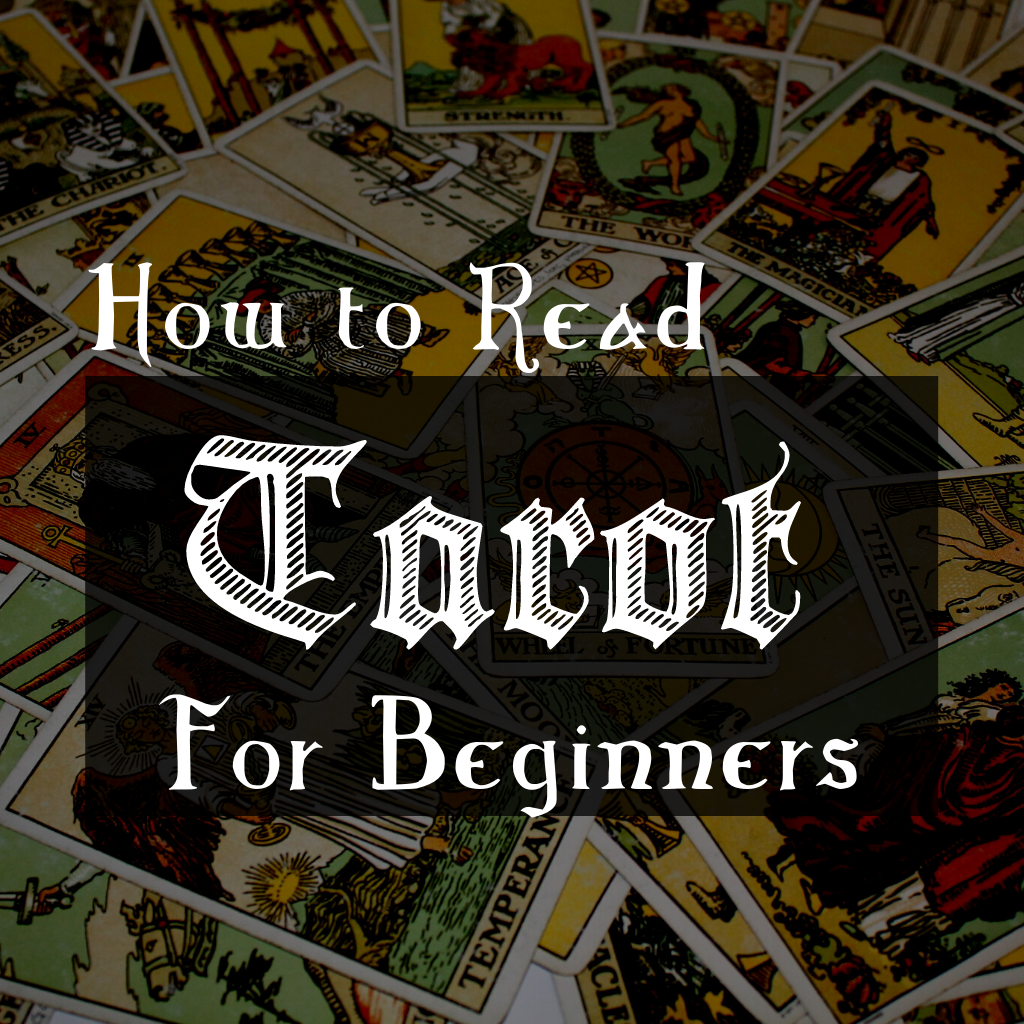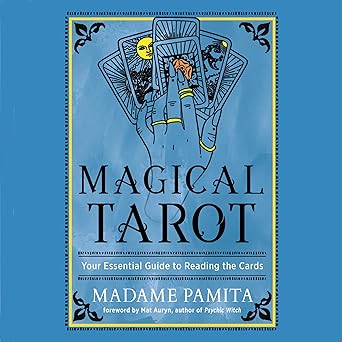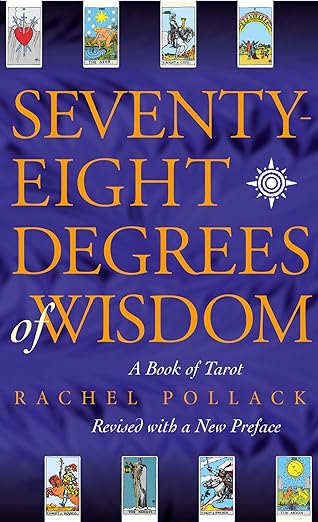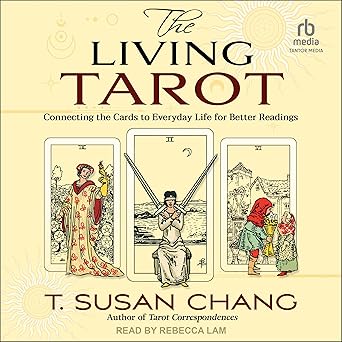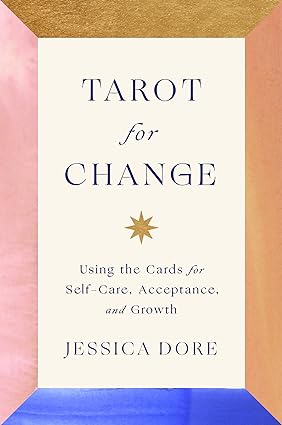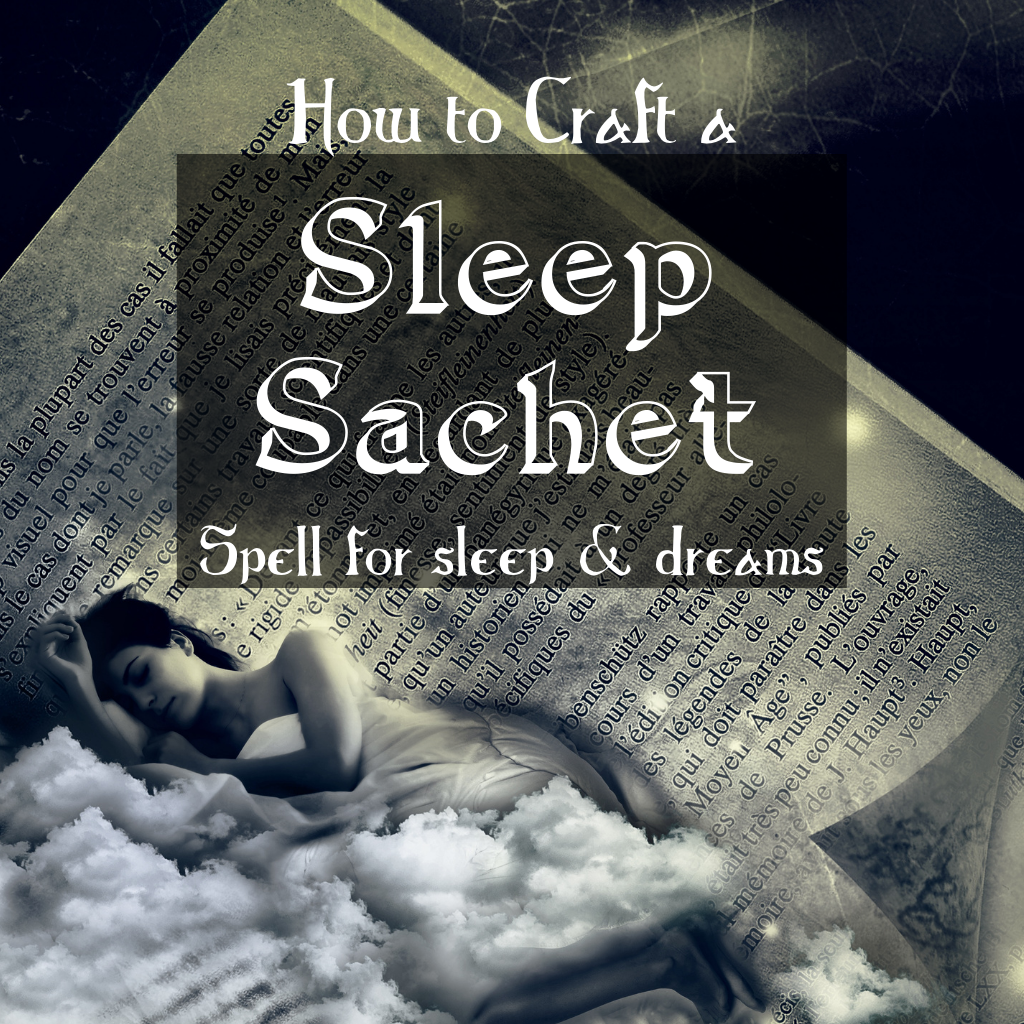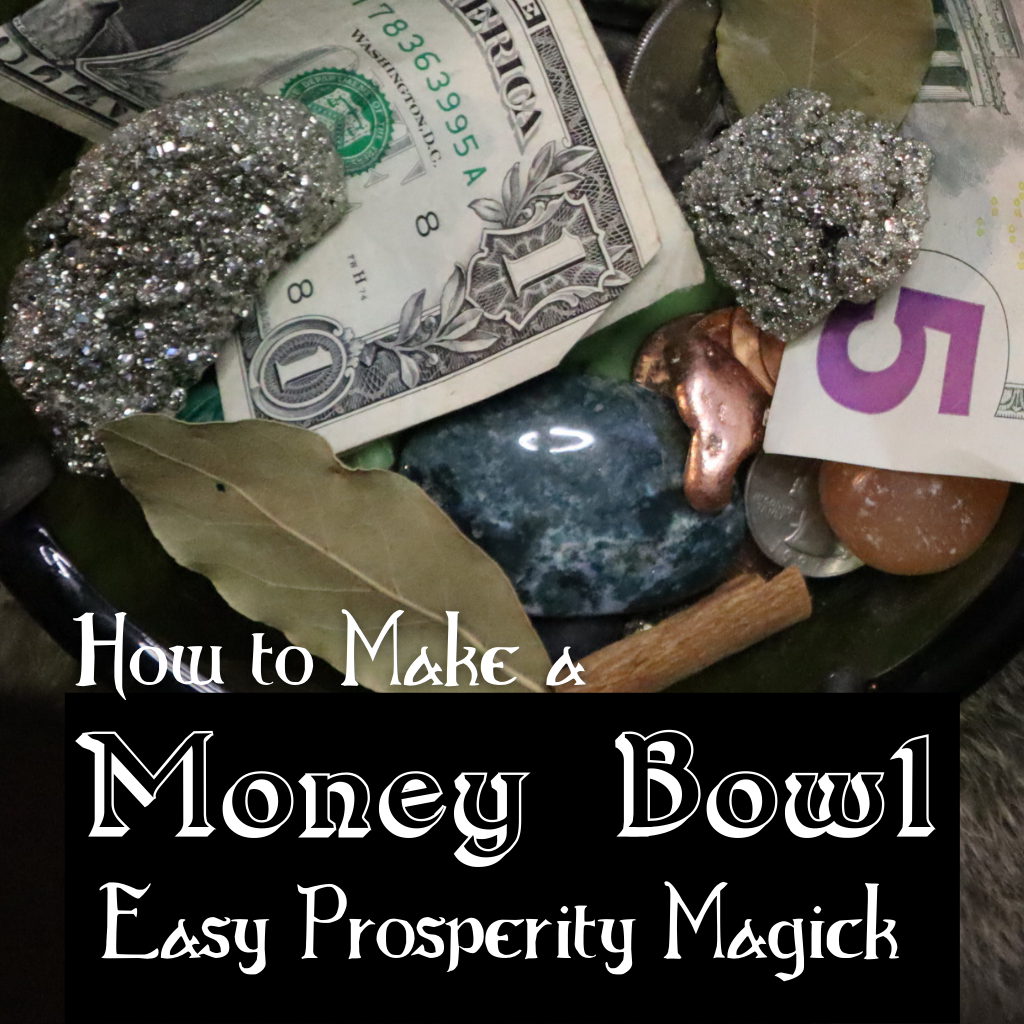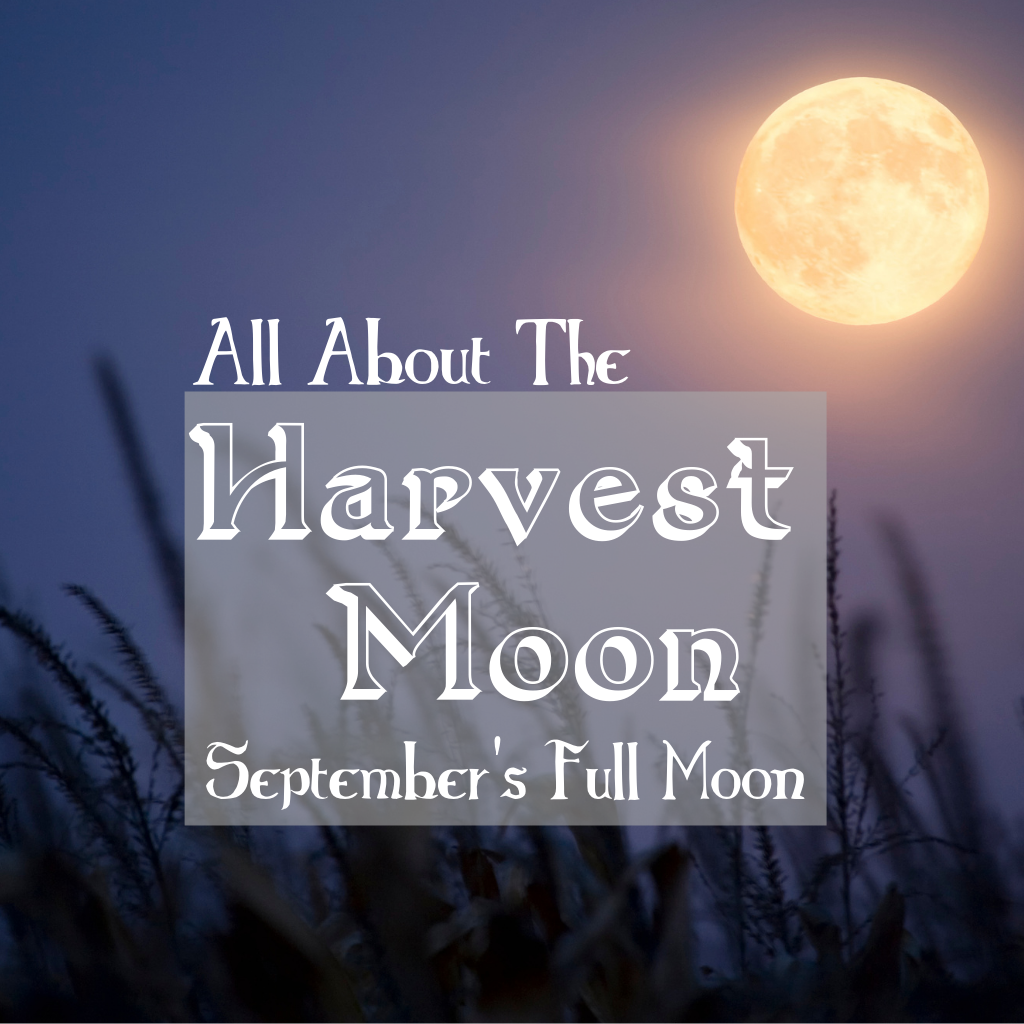Learn how to start reading tarot today by using your intuition and card imagery! Increase your divination skills as you learn to work with Tarot and Oracle cards.
This post may contain affiliate links and I may earn a small commission when you click on the links at no additional cost to you! Thank you in advance for helping to support the site!
What is Tarot?
Merriam Webster Dictionary defines tarot as “Any set of usually 78 playing cards, including 22 pictorial cards used for fortune-telling”. In a standard tarot deck, those 22 cards are referred to as the Major Arcana, while the remaining 56 are referred to as the Lesser or Minor Arcana. The Minor Arcana are also split into 4 suits, the Wands or fire element, the Swords or air element, the Pentacles or earth element, and the Cups or water element. Each of these suits contains 14 cards; there are the ace through 10, and then the four Court cards, the Page, the Knight, the Queen, and the King.
Many people view the art of Tarot in different ways, like for example, where are the messages coming from? Some people channel readings directly from spirits, ancestors, or the divine. Others, like myself, prefer to look at it as almost communication with the unconscious mind, or a self-meditation that comes with some guidance for the future.
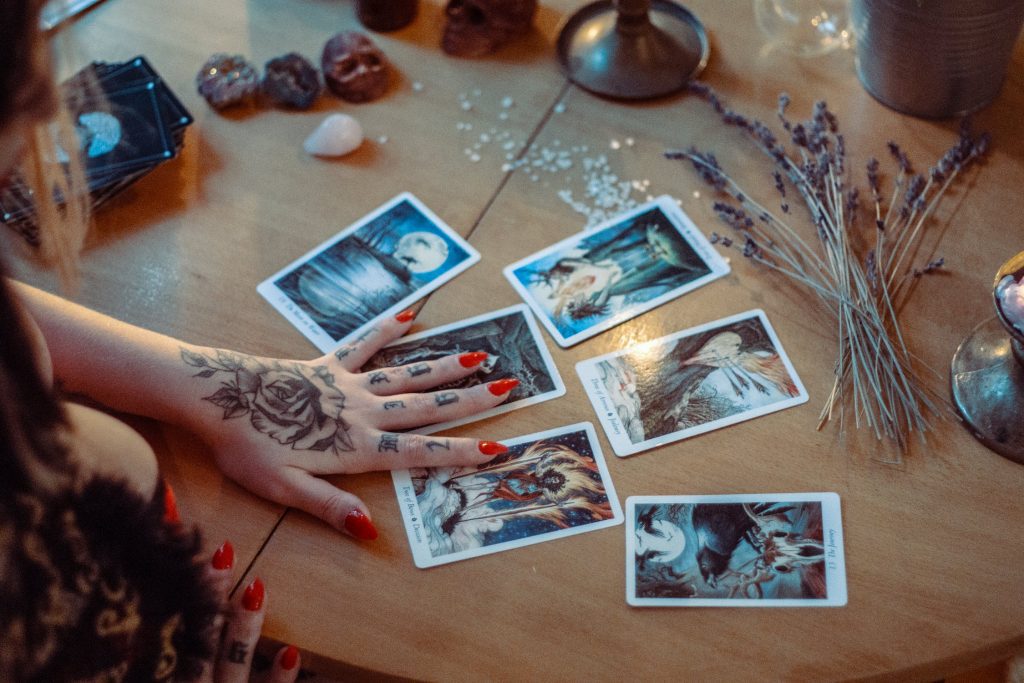
Choosing your Deck
So you’ve decided you want to start reading tarot, but which deck do you choose? You’ve also maybe heard a little rumor that you aren’t supposed to purchase your own tarot deck….That’s a lie, forget that gatekeepy stuff right now!
Many people will recommend starting off with the standard Rider Waite Smith tarot deck, this Iconic deck is probably the one you’ve already seen others using. The images are detailed and well known. Most of these decks will come with a small guidebook to help you get starter, but even without that all specific meanings are just a google search away.
Personally, I don’t connect well with the imagery of the Rider Waite Smith deck, I’m much more drawn to nature and animal symbolism. My first tarot deck was the Wild Unknown Tarot, another popular deck that features detailed linework, and pops of water color that add some vibrancy to the darker nature imagery. This deck comes with a large, in-depth guidebook, and I’ve personally really enjoyed working with and learning from this deck.
However just because it worked for me, doesn’t mean you also have to choose this deck! There are so many options out there, and I think as long as you are choosing a deck that has clear but detailed imagery, it’ll be a great deck to get started with!
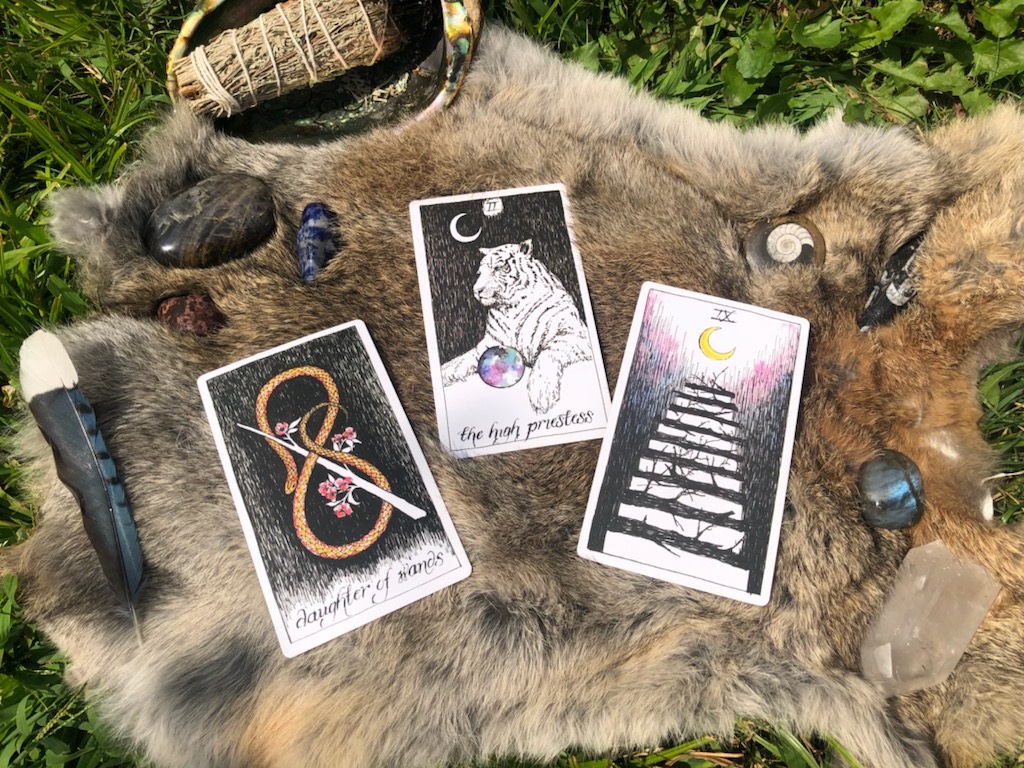
Beginning your Tarot Journey
Once your tarot deck arrives, after doing a quick cleanse using your choice of material (mine is smoke cleansing with incense) do a flip through of the cards. Take a look at all the images and think to yourself, or write down what you think the card means. Don’t look at the book just yet! Try to get a feel of what the images are trying to tell you.
Where are your eyes drawn in this card? Is the flow of the art headed upward, downward, or is it still and stagnant? What colors are shown in this card, and what do those colors represent to you? What animals or people are shown in this card, and what do they remind you of?
These are all questions that will help you use your intuition to tap into what the artist is trying to show you about the meaning of the cards. I would recommend going through your deck about twice like this, without any external help.
On your third flip through, start with your intuitive meaning like we previously discussed, but then reference the book or a website to double check your meaning. How accurate were you? Do you notice a trend to certain symbols, colors, or imagery?
Keep in mind, that your personal intuitive answer isn’t ever incorrect, it’s just another possible way to interpret the card. For example, how I interpret the Devil card is very different than how it is commonly known. In most decks the Devil card is associated with addiction, negativity, and being trapped. To me it means breaking out into your own power, and getting away from the things that were holding you back.
During your own tarot journey, you’ll also start to have your own interpretations that vary from the book, and they might even change depending not just on the card, but also the deck you are using.
Reading Reversals
A “Reversed Card” or “Reversal” is when you pull a card and its upside down, depending on the reader this might give the card a different meaning than the standard position. At the beginning of your tarot journey, I would focus on just reading the cards in their standard upright position. As you start to become familiar with your deck in this way, eventually you can start incorporating reversals. These reversals usually symbolize almost an opposite meaning as the right side up cards, so having the base knowledge of the card itself is very helpful.
Your First Tarot Spread
After you start to become familiar with your cards, try doing some tarot pulls for yourself! Try an interview tarot spread! This is a spread where you get to know the deck so to speak, you ask for its strengths, weaknesses, if it likes to do certain readings more than others, if it wants to be used to do readings for other people, even where it wants to be kept! Many of these spreads can be found online, but I will be doing a video and blog post in the future about my personal interview spread I use when I get a new tarot deck. Make sure to write down any spreads you use and the answers you received! This is something very fun to look back on after working with your deck for a few weeks, months, even years!
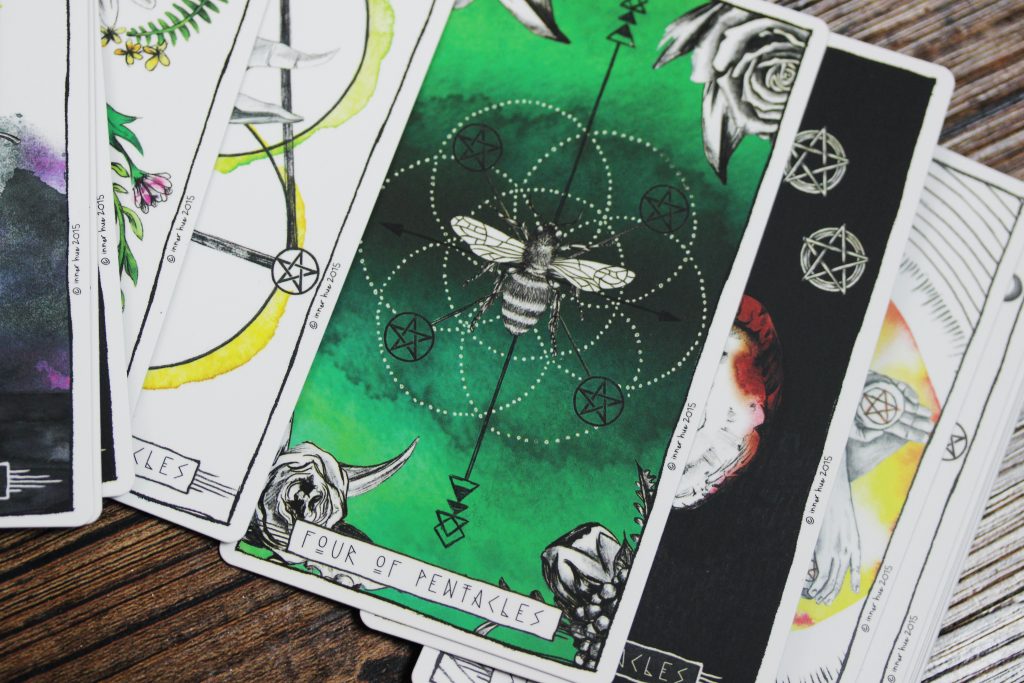
Easy Ways to Incorporate Tarot into your Daily Life
- Pull a “Card of the Day” in the morning when you wake up
- See what energies you need to embrace for today
- Pull a card at the end of the day, to reflect on how the day went
- Do week ahead or month ahead readings
- Do year ahead readings on your birthday, or the New Year
- Try doing tarot readings before big decisions, to give yourself a little more clarity on the situation
- Ask your friends if they’d like to get their cards read!
- Reading for others helps to grow your confidence in this new skill
- Ask your friends how the cards resonated for them!
You can also get a Tarot Journal like this one to help you remember to do daily, weekly, and monthly readings!
Easy Ways to Incorporate Tarot into your Spiritual Practice
- Do a reading before starting a large spell or ritual
- Ask what you need to do to ensure this working is successful
- Pull cards for spiritual check-ins
- What should you be focusing on in your spiritual path?
- What do you need to let go to further your spiritual path?
- Incorporate tarot into your Shadow Work practice
- Use Tarot to help determine what you should study next
Recommended Reading
Don’t want to wait to start your next Witchy read? You try Audible Plus and get two free Audiobooks here!
Pin it for Later

